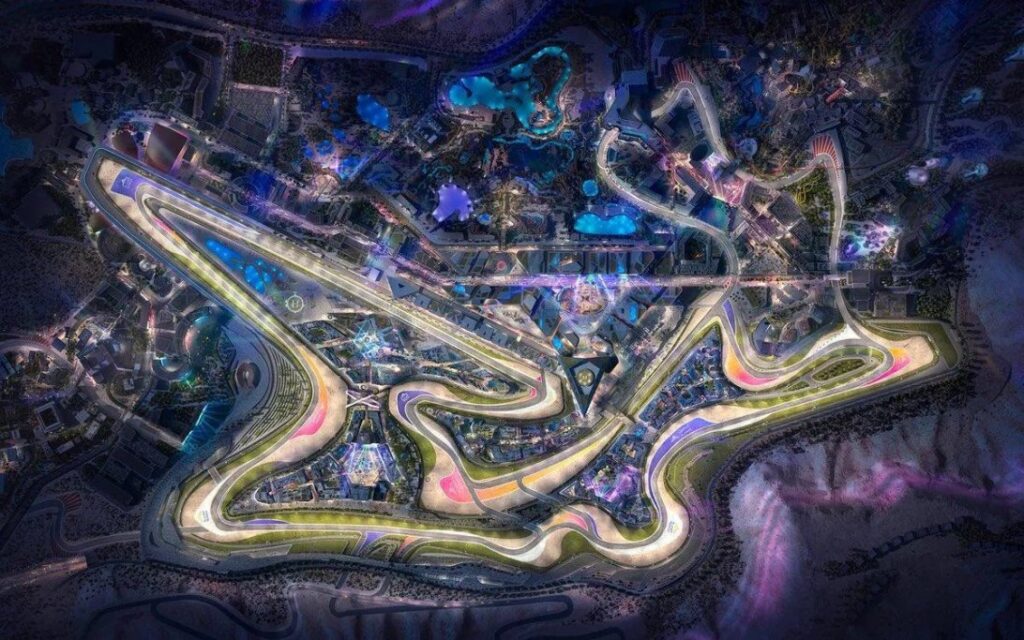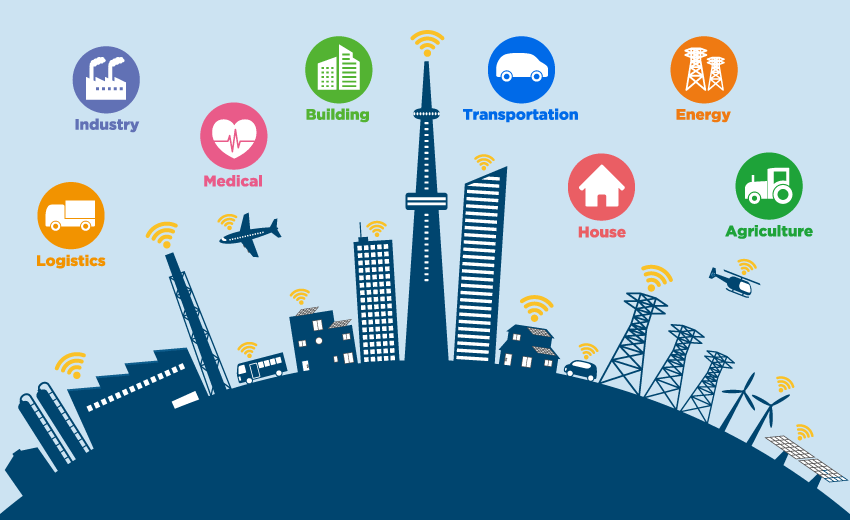As cities worldwide embrace digital transformation, the concept of a well-designed IoT urban strategy is no longer futuristic—it’s fundamental. From traffic lights and waste bins to air quality sensors and noise monitors, cities now generate an unprecedented volume of data. However, only those with the right strategy can transform this data into actionable policies that improve the lives of citizens.
This article explores how Internet of Things (IoT) infrastructure is driving smarter governance, more efficient public services, and strategic urban decision-making in forward-thinking cities—particularly in fast-developing regions like the Middle East.
Why IoT Data Matters for Urban Planning
IoT devices produce real-time, location-specific data across every layer of the city. But this is only valuable when properly structured and interpreted. In modern smart cities, IoT urban strategy aligns sensor networks with public goals, allowing city leaders to move from reactive governance to predictive management.
From Raw Data to Real Insight
Sensors can collect everything from foot traffic to water usage, yet insights only emerge when this data is visualized, analyzed, and compared. Dashboards and analytics tools now enable cities to spot trends, forecast demand, and allocate resources efficiently.
Shaping More Responsive Services
When decisions are backed by sensor data, public services become agile. For example, dynamic street lighting adjusts based on pedestrian flow, and sanitation routes shift depending on bin fill levels. These improvements don’t just save costs—they directly improve quality of life.
Building a Scalable IoT Urban Strategy
Implementing an IoT system is just the start. The real value lies in designing a city-wide strategy that scales, integrates, and delivers meaningful policy shifts.
Start With Clear Policy Goals
Cities must first define what they want to achieve—whether reducing emissions, improving safety, or optimizing transport. Once goals are set, sensor networks can be tailored accordingly.
Ensure Cross-Department Collaboration
Too often, city departments operate in silos. But the best IoT strategies break down these barriers. For instance, data from traffic sensors can inform both transport planning and environmental policy.
Adopt Interoperable Platforms
Scalability requires interoperability. Municipalities should adopt open-source or standards-based platforms that integrate diverse data sources, enabling a centralized view of urban systems.
Case Example: IoT in Water Management Policy
One compelling use case is in urban water governance. In arid regions like Saudi Arabia, smart metering and leak detection sensors help utilities and policymakers align daily operations with long-term sustainability plans. These tools prevent loss, optimize consumption, and support citizen engagement through transparent reporting.
Benefits of Policy-Driven IoT Deployments
Cities that combine technology with strategy stand to gain significant advantages:
- Better resource allocation: Data reveals inefficiencies and waste.
- More equitable services: Data ensures underserved areas are no longer overlooked.
- Higher resilience: Real-time alerts enable faster response to crises.
Moreover, as environmental and urban challenges grow, cities need every tool at their disposal to act with foresight. That’s what IoT urban strategy offers—a compass for sustainable, citizen-centered growth.
Challenges to Consider
While benefits are clear, implementation is not without friction.
Data Privacy & Ethics
Cities must secure sensitive data and ensure transparency in how it’s used. Trust is key to public acceptance.
Capacity Building
Staff need training to interpret data, while leaders must evolve to become data-driven decision-makers.
The Road Ahead: Embedding IoT into Governance
Ultimately, smart governance is about more than technology. It’s about embedding digital capabilities into policymaking. As AI and predictive analytics become more accessible, cities must act now to set a solid data foundation.MTi Arabia remains committed to supporting municipalities in aligning infrastructure with insight, making cities not just smarter, but more strategic. Contact our team to explore how we can help you build safer smart city environments.



